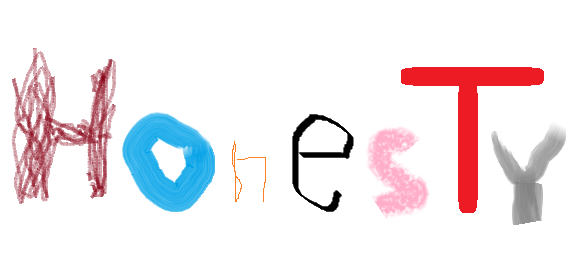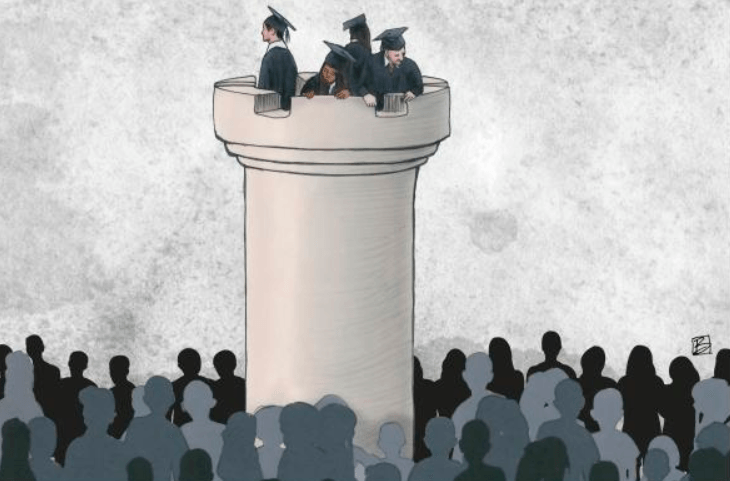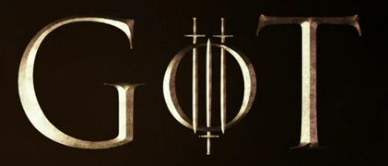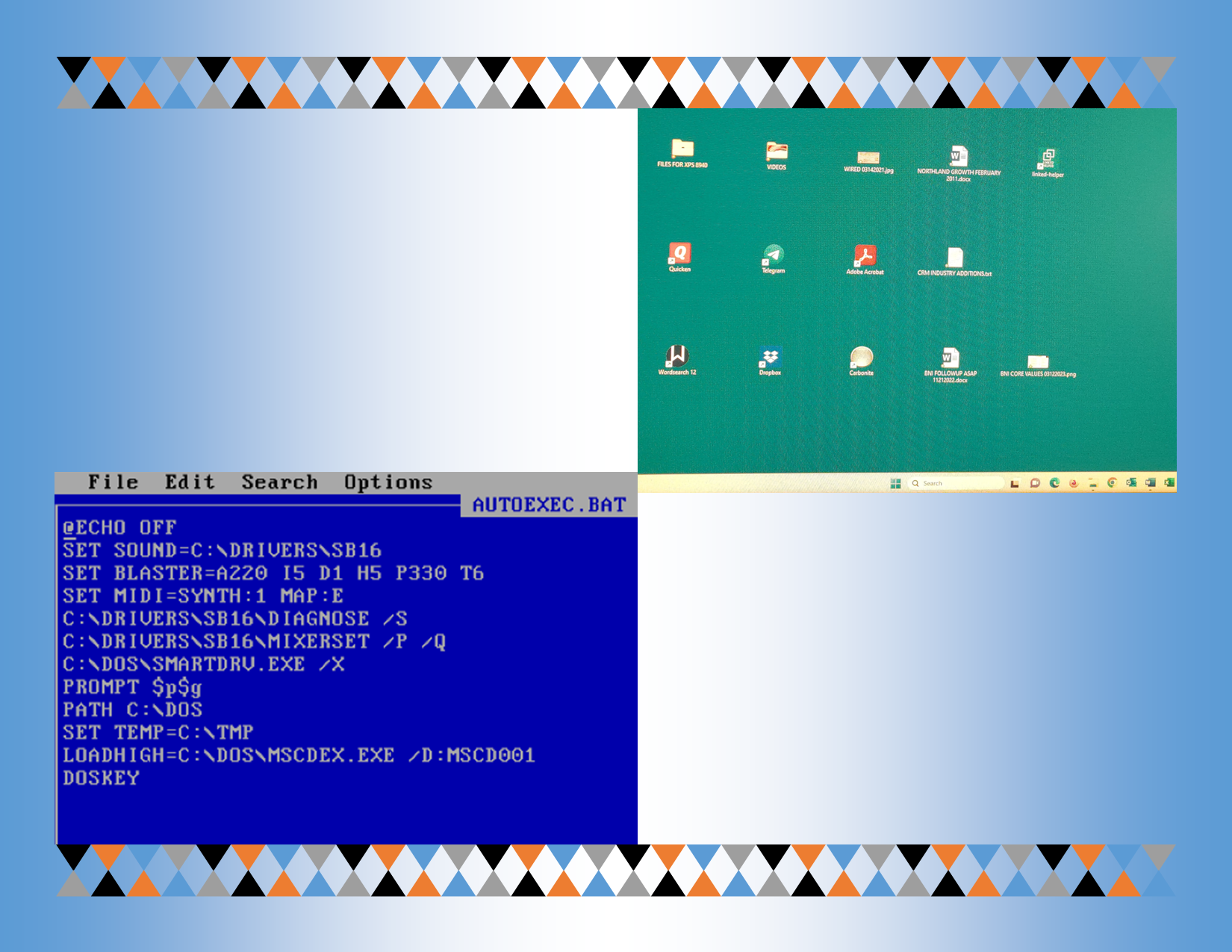THE WHEN AND WHERE OF CREATIVITY
Where or when do you have most of your creative breakthroughs? Fast Company did a survey of its Most Creative People list to help us find the answer (“Most Creative People” February 2014, pp. 47–51). The results are very interesting and they teach us some important dynamics about creativity (p. 50).
The top time for most creative breakthroughs, attested to by 30%, is late at night. Another 20% affirmed the morning. I see these two as somewhat related.
Late at night is often a time when you reflect on the multiple topics of your day. It is a letdown time when your brain feels permission to disengage and in so doing, opens itself up for fresh perspectives. Similarly, the morning is often a time of fresh energy and enthusiasm. Many people are at their best in the morning. Even if the morning is not your forte, there remains something special about the whole process of waking up, getting up, and powering up for your day. The creative juices seem to flow.
The shower is the place 19% affirmed as their location of most creative breakthroughs. A shower is relaxing and refreshing and yet at the same time a bit of a mindless, mundane routine. All of that plus the water’s warmth and mild massage action provide another disengagement time when your inner child can run without fences.
A tie arose at 12% each between office brainstorming sessions and exercising sessions. Obviously, they both have value. Perhaps the exercising sessions sometimes overlapped with the aforementioned morning or late at night times for a combined impact.
Coming in at the tiny end of the scale are over a cocktail (5%) and at your desk during normal work hours (2%). This last one makes me laugh. When you are in “company position” at your desk, that is when you are the least creative! (Dilbert wisdom once again?)
My encouragement is to consider carefully these survey results. Juxtaposition them against your own schedule and rhythms. You might gain some insights that improve your creative breakthrough quotient. Even just one good creative breakthrough will make it more than worth the effort.










